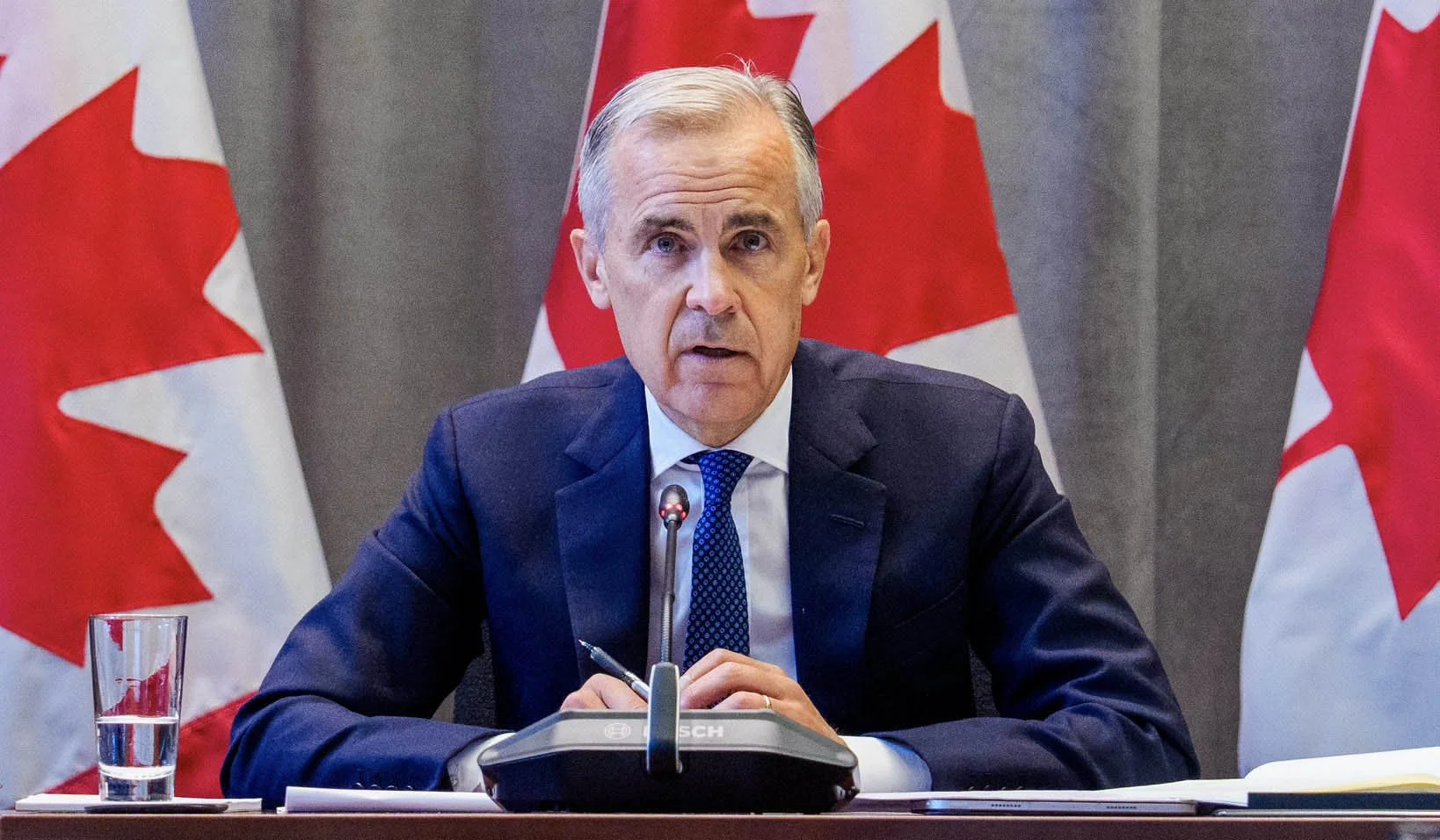Scotiabank’s Holt pushes back against calls for BoC cuts
Derek Holt, Vice President and Head of Capital Markets Economics at Scotiabank.
The Bank of Canada should avoid further rate cuts despite signs of economic slack, argues Derek Holt, Vice President and Head of Capital Markets Economics at Scotiabank. In a recent note to clients and investor forums, Holt cautioned that markets and commentators pressing for deeper monetary easing overlook the limited size of Canada’s output gap and the lagging effects of the Bank of Canada’s (BoC) already substantial rate cuts.
“One argument I have a hard time with is that the BoC should be cutting more because of slack,” Holt said. “That’s not just because the amount of estimated slack is small and that output gaps play a limited role in explaining inflation.”
The central bank lowered its policy rate from 5% in June 2024 to 2.75% by March, bringing it near neutral. According to Holt, repeating cuts now “would be doubling up and insensible unless you think you are getting much more slack than envisaged.”
He emphasized that markets may be underestimating the time needed for monetary easing to take full effect. “The doves are being too impatient. The full effects of monetary easing take 12–24 months to unfold and so we haven’t even seen the 225bps of easing fully work through the economy yet. A real policy rate toward zero should offer meaningful support.”
Holt pointed to strength in interest-sensitive industries as evidence that policy is already working. “Housing starts and home sales have been very strong over recent months,” he said, adding that auto sales also rebounded in July and retail sales volumes picked up sharply in Q2.
“Someone is clearly buying big ticket items! Lenders appear very willing to finance it all,” Holt noted. “Respect the data before you—the gloom that dominates so much that is written these days is being defied by the data that most closely aligns with the impact of monetary policy.”
He warned that pushing rates lower risks repeating the “Poloz era that inflamed housing imbalances,” while offering little help to sectors impacted by tariffs—issues he said are better addressed through fiscal policy.
The Bank of Canada’s July Monetary Policy Report estimated the output gap at -0.4% in Q1 and forecasted Q2 GDP growth at -1.5% annualized. Holt suggested that estimate may prove too weak. “Q3 GDP is getting a running head start based on recent data,” he said, suggesting growth could rebound near 1% annualized even before Q3 figures are fully tallied.
Holt also pushed back against the narrative of struggling Canadian households. “Now, what about the poor Canadian consumer? Not so poor, in a nutshell,” he said.
“Wages are hot, hot, hot,” Holt added, pointing to sharp month-over-month annualized gains of 8.1% in July, 3.2% in June and 7.1% in May. Meanwhile, he flagged Canada’s persistent productivity problems: labour productivity has declined in 15 of the past 19 quarters, leading to rising unit labour costs.
“Hot wages + poor productivity = more inflation risk but also more resilient consumers until Canada truly becomes uncompetitive,” Holt said.
With wage growth outpacing productivity, Holt argued that Canadians are enjoying “massive pay gains that they don’t deserve” and questioned why the issue isn’t being more widely reported. “Where’s this point being made in the popular press that lauds massive pay hikes and lends highly sympathetic ears to the plight of the poor working stiff? Umm, nowhere.”





